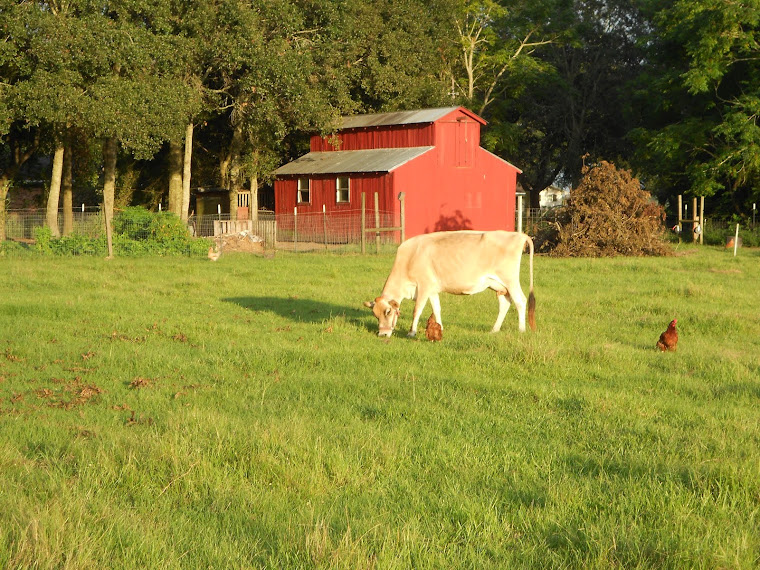In Part 1 we talked about putting the 1 way entrance board beneath the honey supers that we wanted to extract honey from. The thought being that the bees on the honey frames could leave, but would not be able to get back in. That way, in the morning, the honey supers would have no bees in them and we'd be able to just remove them quickly devoid of bees and we'd take them to start extracting honey.
Well... it didn't work. We pulled the lid off and the honey supers were full of bees! Oh well, we were ready for this. I had made a fume board. A fume board is simply a board that is the same size as the honey box and it has a t-shirt spread across it. We use an organic, all natural spray that the bees hate. This is sprayed on the fume board and the fume board is placed over the top box. In about 10 minutes, most of the bees will be pushed down away from the scent into the box beneath it. Then you repeat that process until all the boxes are cleared of bees.
You can see some of the bees coming out of the very bottom. They don't like that smell.
We kept working and working, box after box, making our way to the last one. Try as you may, there will always be a few bees in the box. They like to protect their honey. Next year, I'm going to use a leaf blower to blow the last remaining stragglers out. I just don't think they are going to like the sound of the blower. It's worth a try. I don't like to get the bees all riled up, though, or we won't be able to go in the back yard without being attacked!
We are taking the boxes of honey across town to a gentleman in our bee club that has some real nice honey extraction equipment that he offered to let us use. We like to operate in the black, so we haven't purchased any honey extraction equipment until we pay off the investment in bee suits, boxes, frames, etc. Here you can see we have 9 medium boxes of honey all stacked up.
In the next installment, we'll show you the honey extraction process!

No comments:
Post a Comment